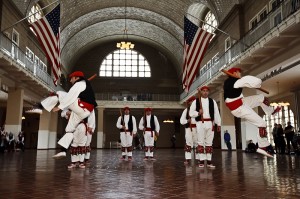
In a momentous occasion for the Basque community, the much-anticipated “Hidden in Plain Sight” exhibit was unveiled before a crowd of about 300 dignitaries and well-wishers Saturday Feb. 6 at Ellis Island national monument in New York City. Snow flurries greeted the guests as they rode the ferry over to the island.
The project, spearheaded by the Basque Museum of Boise, is an opportunity to feature Basque culture and history on an international pedestal at one of the most popular tourist destinations in New York City.
The exhibit was unveiled in the great hall where Basques and millions of other immigrants were processed after Ellis Island opened in 1892.
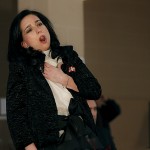
Among the dignitaries attending the opening were Basque Minister of External Relations Guillermo Echenique, Center for Basque Studies co-Director Joseba Zulaika, Boise Mayor Dave Bieter and Patty Miller, director of the Boise Basque Museum and Cultural Center. Entertainment included Basque soprano Amaya Arberas from Donosti and the renowned Oinkari Dancers and the Bihotzetik choir, both of Boise.
“It was impressive,” to see such a celebration of Basque culture, in the hall where so many immigrants were once processed, said Koitz Foncillas, former president of the New York Basque Club.
William Douglass, former head of the Center for Basque Studies, said that the many young Basque men who had passed through Ellis Island, to herd sheep in the West, would be surprised to see such an exhibit dedicated to their trip and experiences. Despite the thousands who came to work as sheepherders, it’s possible that none remain in that capacity today, he noted
Hidden in Plain Sight, which will run to May 9, highlights the unique origins of the Basque people and their language, Euskera.
The exhibit features six rooms with text, graphics, audiovisual and interactive elements about the history of the Basques and the factors that prompted them to leave their homeland. Also featured are real-life stories of Basque immigrants in the United States, as well as presentations on the contributions made by Basque people here and in the Basque Country.
In the evening, the opening was celebrated with a dinner and a dance at the Puck Building. The popular band “Amuma Says No” got everyone on their feet, young and old. Even some of the employees were raising their arms and snapping fingers to the music, and later said they had never seen such a party there, said Foncillas.
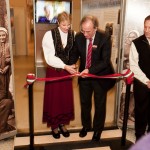
A significant portion of the exhibit will afterwards be disassembled and moved to Boise, where it will be on display at the Basque Museum during the huge Jaialdi International Basque Festival in July 2010.
Ellis Island is located at the mouth of the Hudson River and New York Harbor. The 27-acre national monument also includes Liberty Island where the Statue of Liberty is located. Today, over 40 percent of the U.S. population can trace their ancestry through Ellis Island.
Basque Government officials encouraged the Basque Museum to submit a proposal to Ellis Island in 2006. According to museum director Patty Miller, the museum followed through and applied for the temporary exhibit program and received notice on May 30 last year that the museum’s proposal had been accepted.
For genealogical information on the passengers who passed through Ellis Island, visit this link.
Related News:
Basque Museum Seeks Artifacts for Ellis Island Exhibit
Website Unveiled for Ellis Island Exhibit
Amuma Says No Video
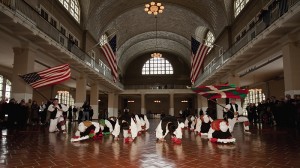
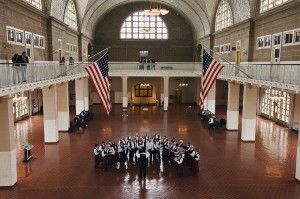
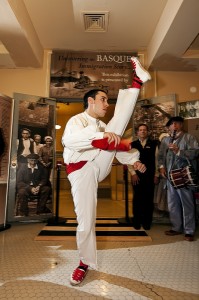

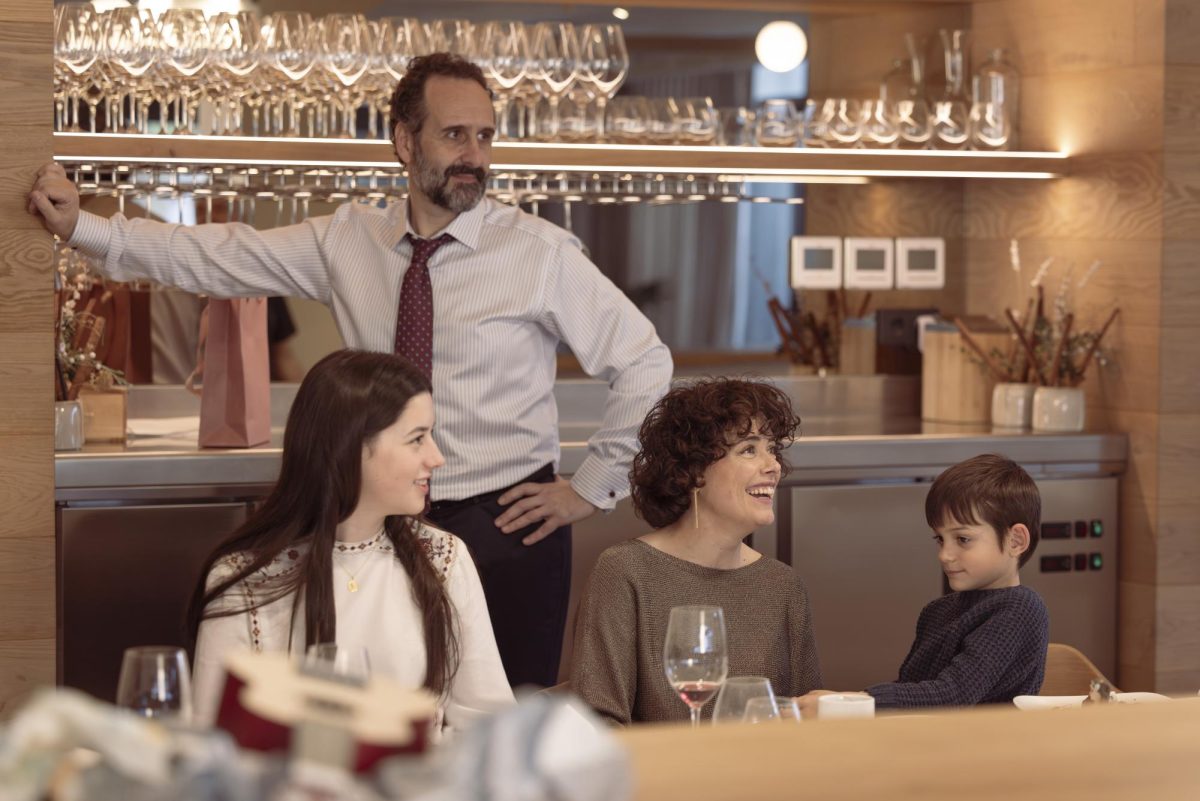
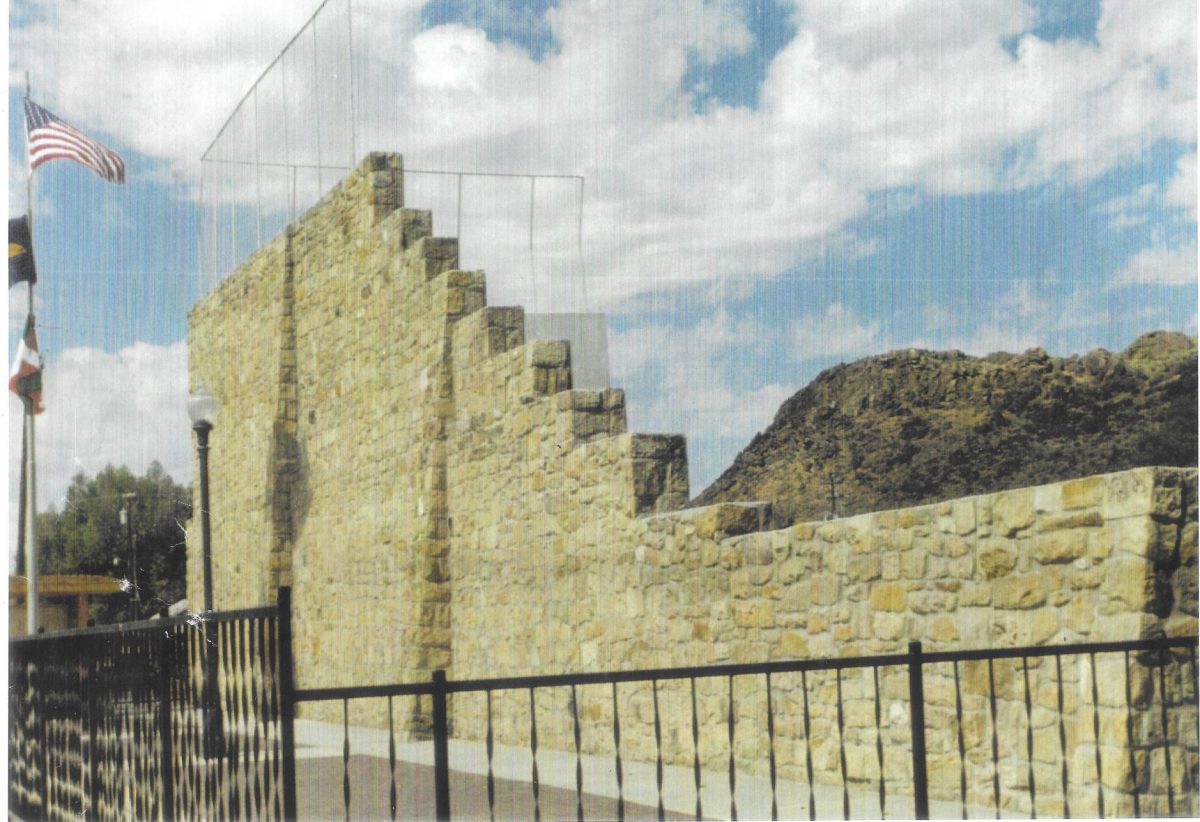
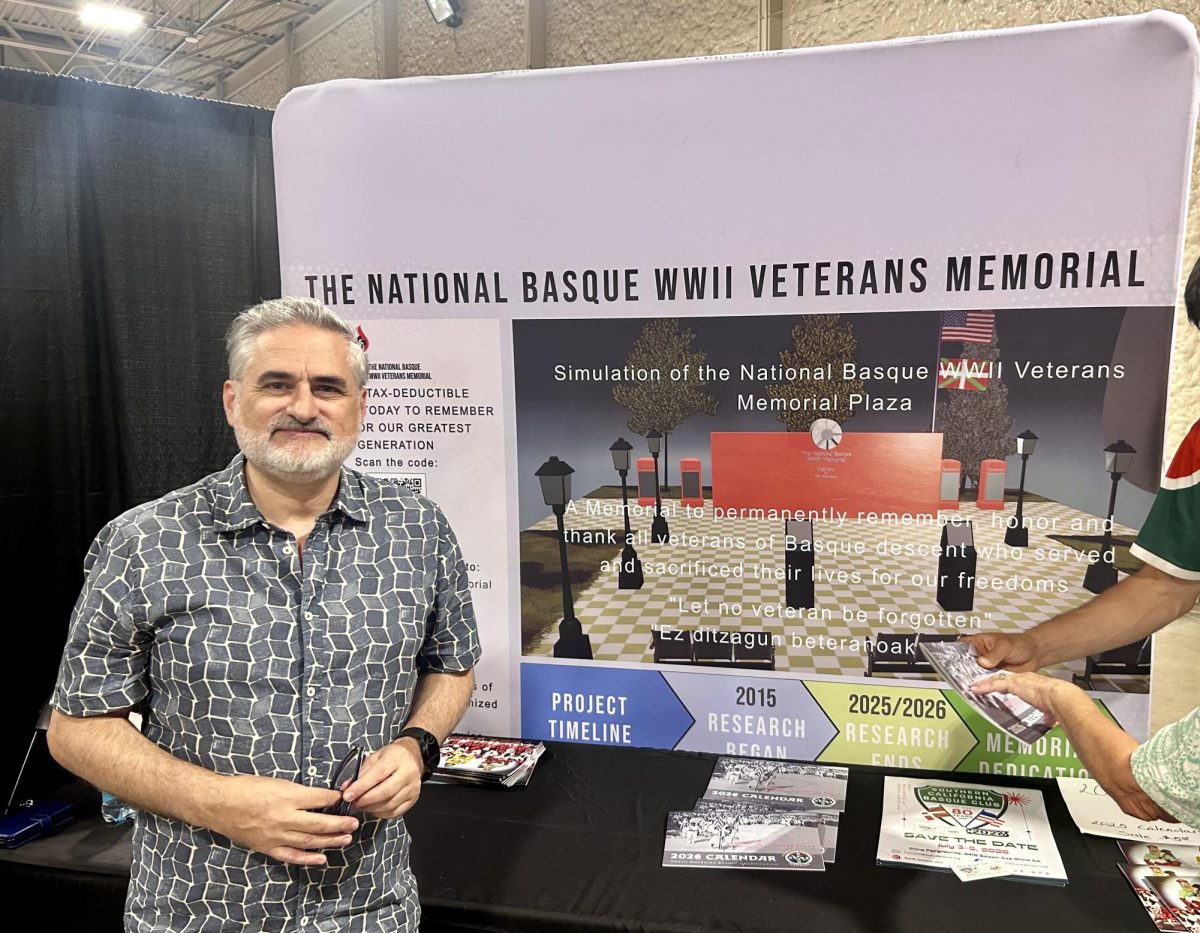
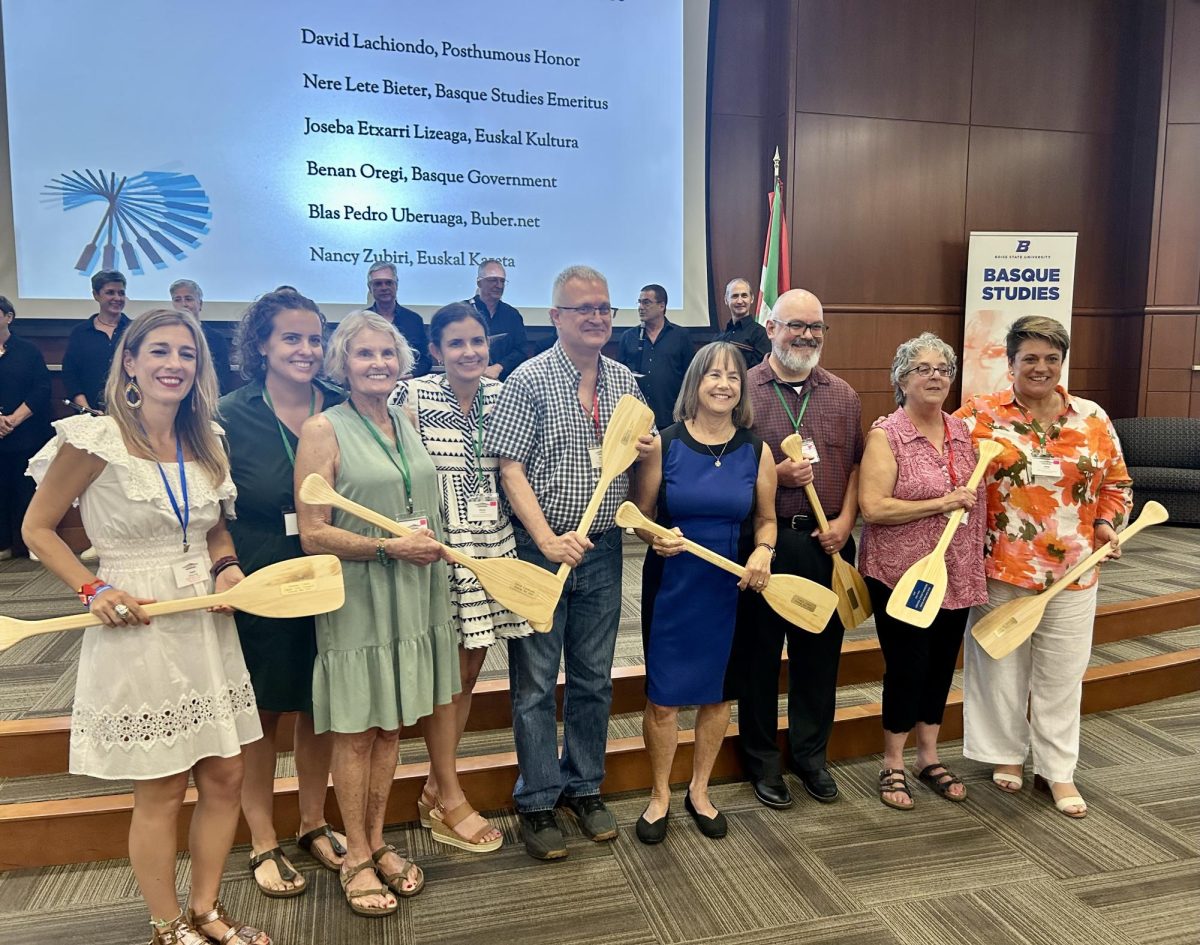
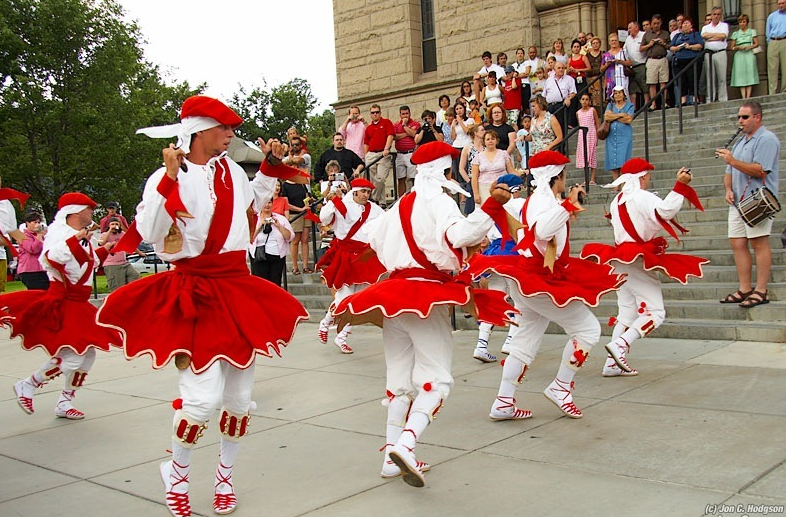
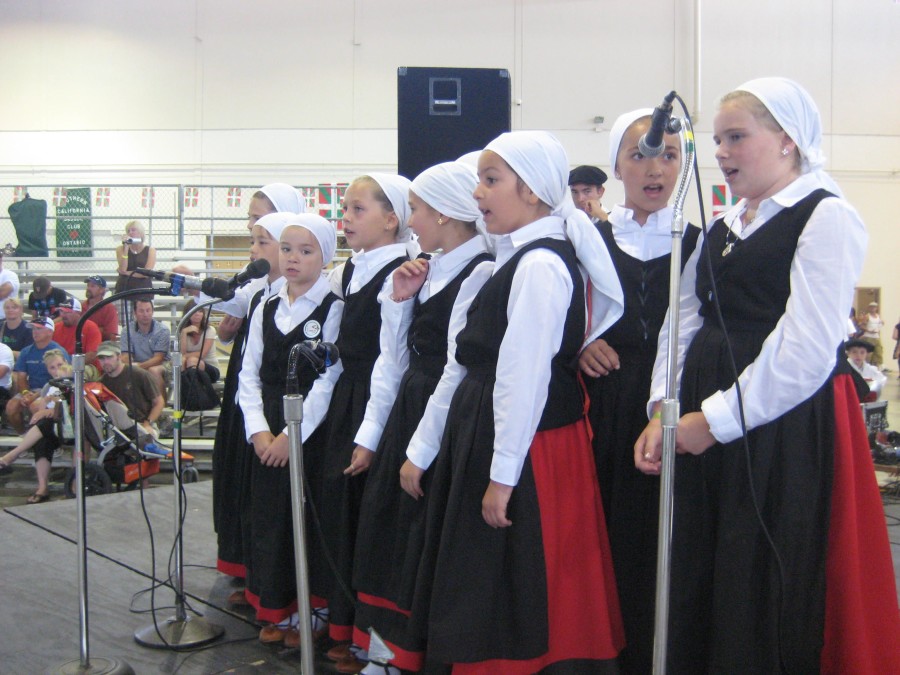
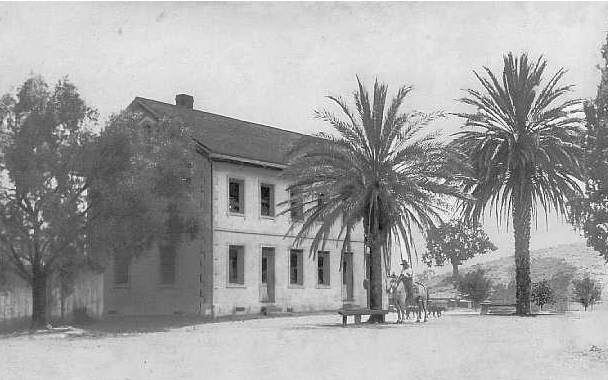
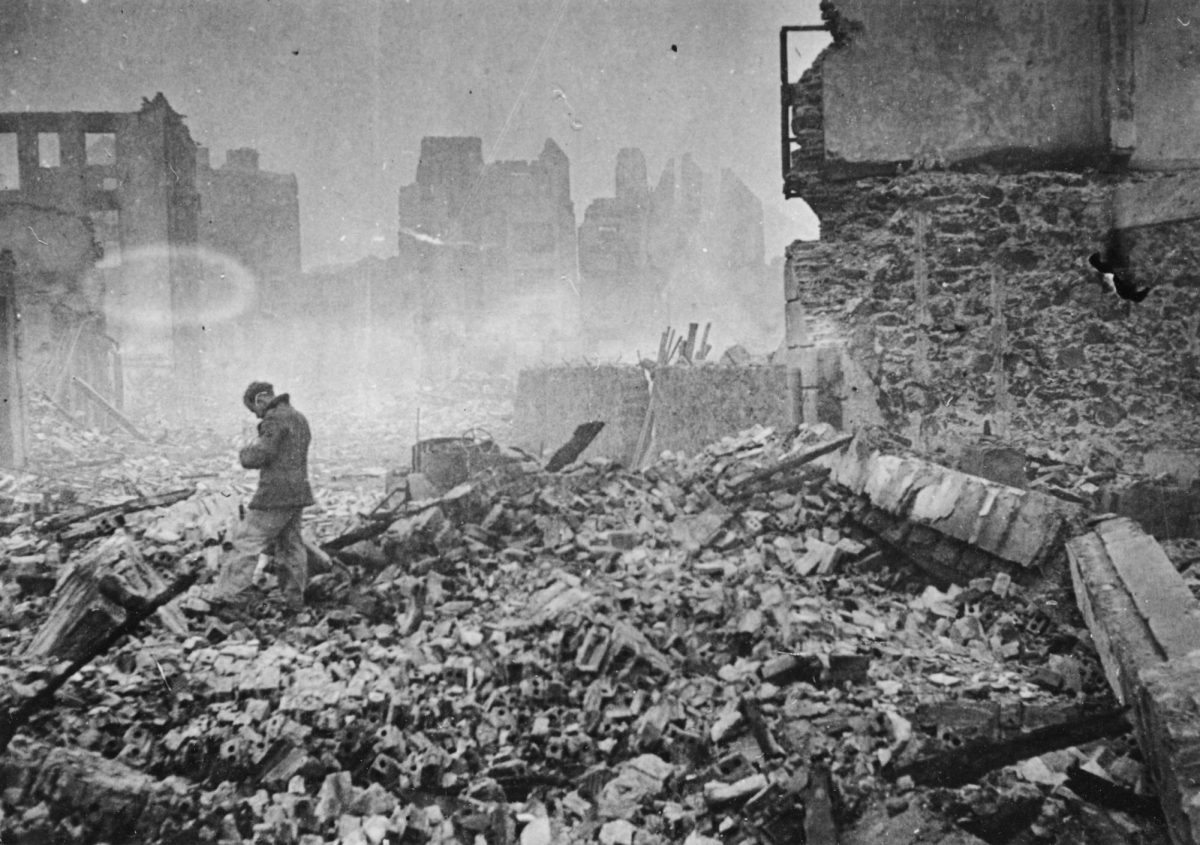
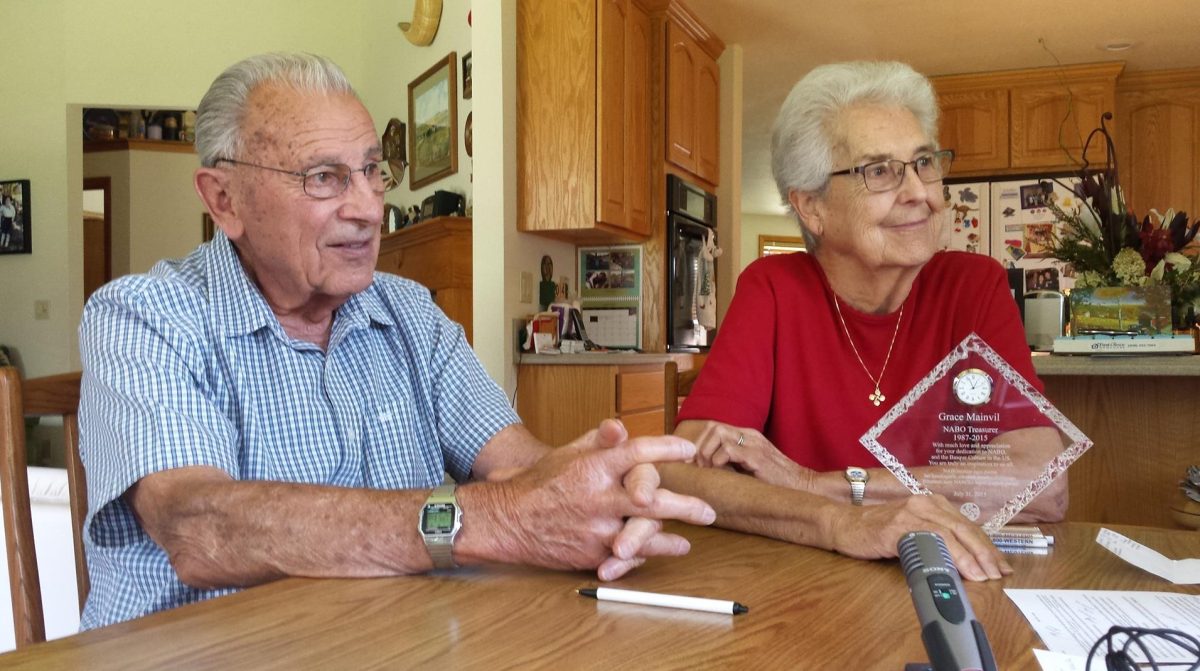
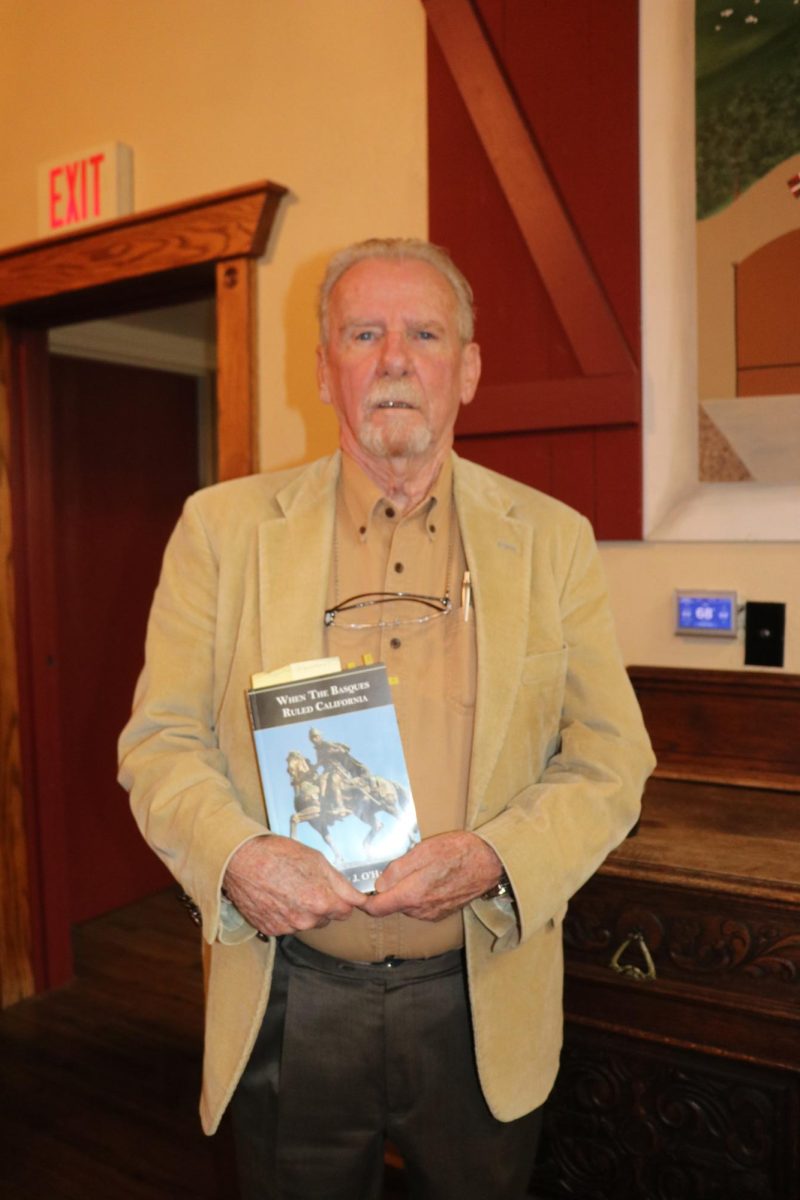

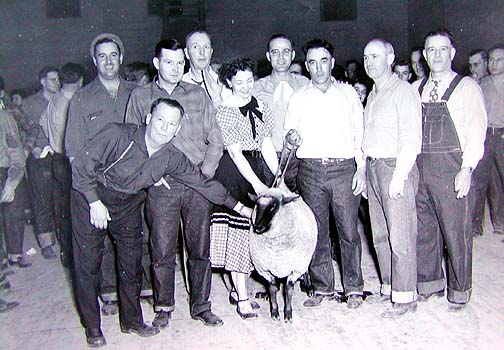
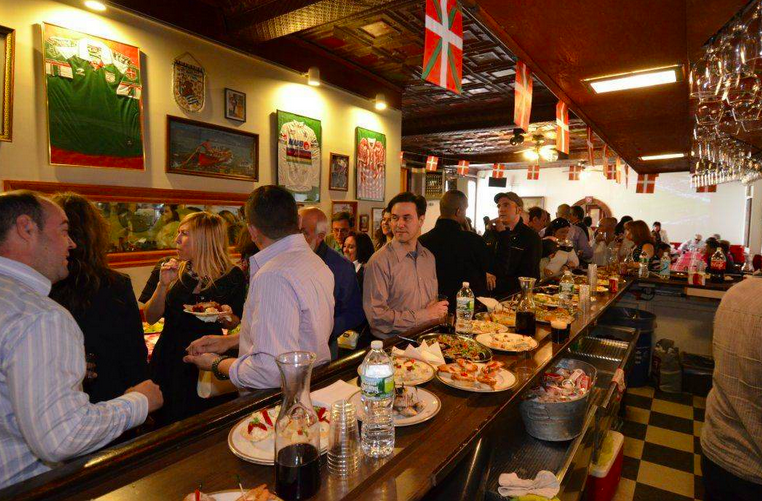
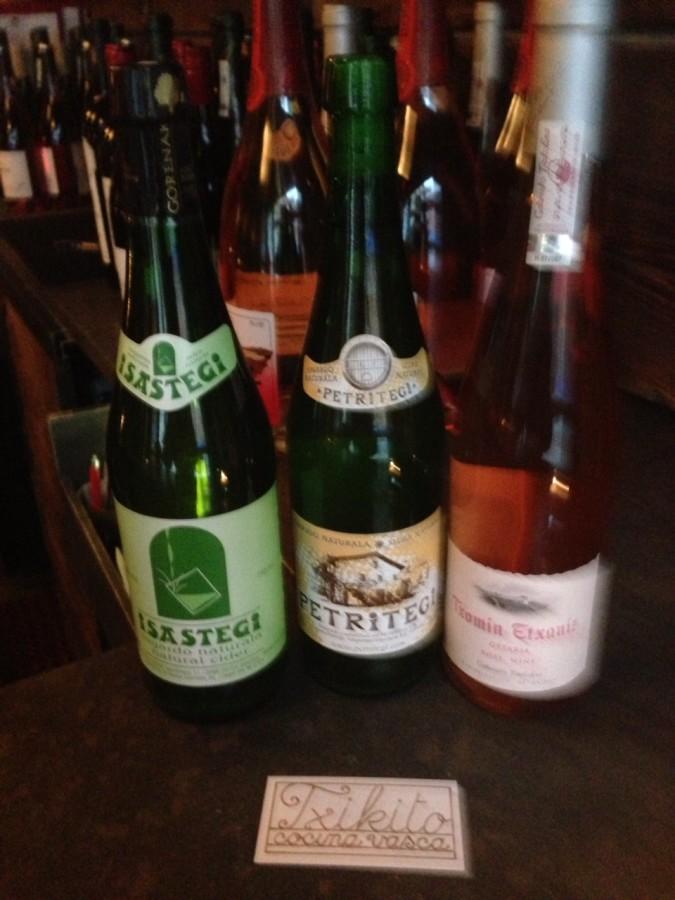
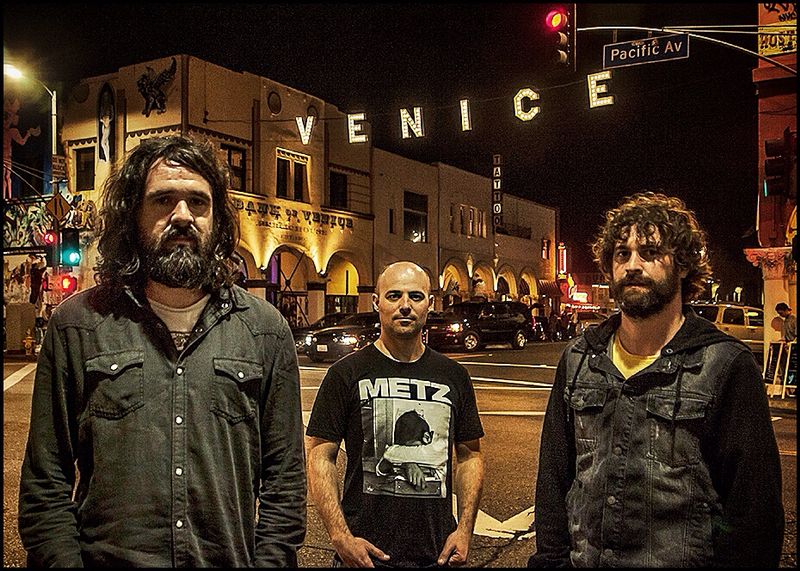

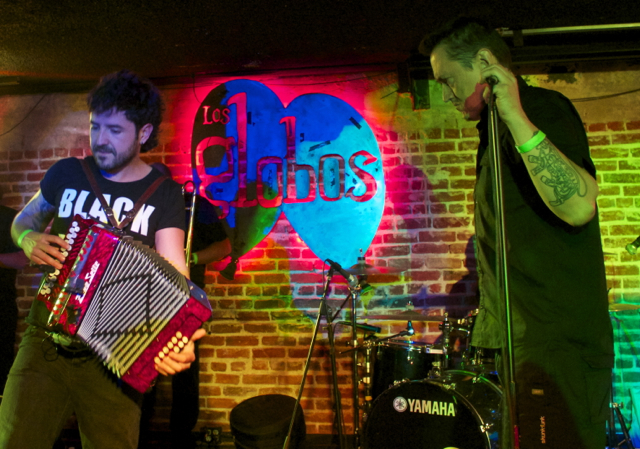
Aritz • Apr 19, 2010 at 4:49 pm
Thank to Kazeta to tell News and the Histori of Basque Country, our history
Jaime Dominguez-Macaya • Feb 10, 2010 at 1:02 pm
Egiten ari zareten lana benetan eskertzekoa da. Mila esker, jarraitu horrela. (The work that you are doing is sincerely appreciated. Many thanks. Continue! – Editor)
Bassque • Feb 9, 2010 at 9:50 am
John, Contact me at [email protected] and I will send you plenty of names and information.
John Arant • Feb 9, 2010 at 6:20 am
This is long overdue… Congratulations … Also, I’m looking for a list of famous Basques..for example, Paul Laxalt, senator from Nevada. Italian heritage, Irish heritage are easy to see, but Basques, as you say, are hidden. I would like to include the names on our “Information” part of our menu, and our website .. Thank you for any help you can give,
John